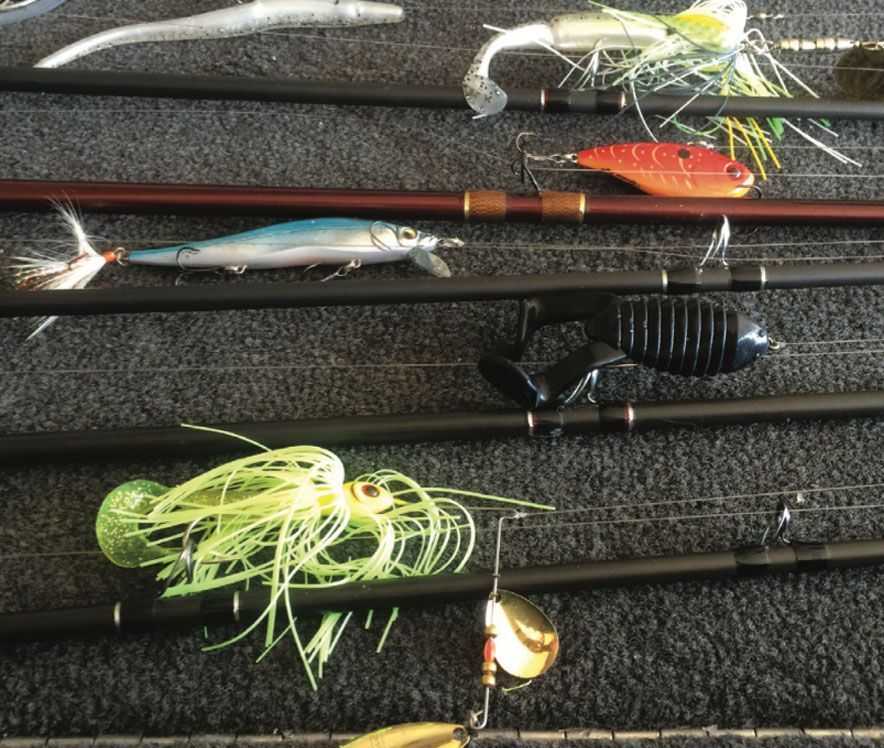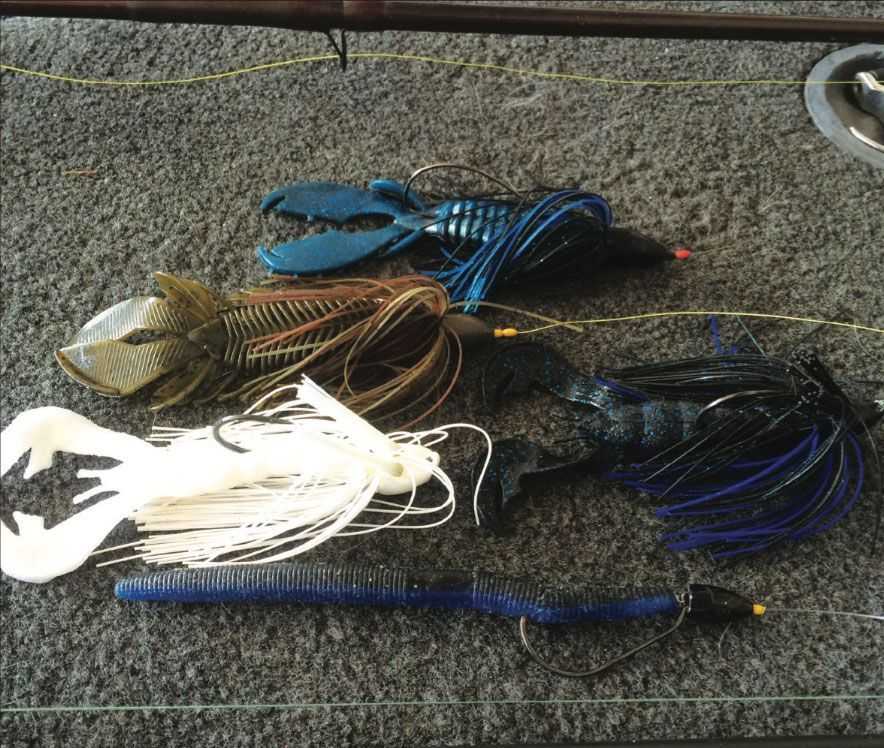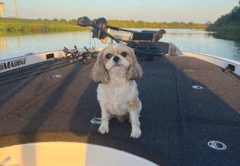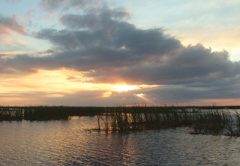Bass fishing on Lake Okeechobee and Lake Istokpoga has not been without its challenges the last week of January and into the middle of February. Local fishermen, snow-birds and professionals on the circuit have all faced the cold fronts, foul weather and fierce winds many of the locals have become accustomed to.
The bass, attempting to engage in their annual spawn have moved in, moved out and in many cases, sought refuge in the heaviest cover they can find.
By and large, most of the bass being caught are small “buck” bass, often found in open areas feverishly guarding a nest. The larger females, often waiting off-shore for more stable weather, or hunkered down in heavy vegetation venture into the shallows to join the males, only to be driven off again with another cold front.
And so it goes, day after day, week after week. With any luck, and a helping hand from Mother Nature, most of the bass will have a successful spawn. Many have already spawned out and are in a post- spawn mode recuperating from their most physically draining exercise of the year, others will wait for the right conditions.
So the question becomes, how do you catch bass during some of the best/worst times of the year?
A simple answer would be to wait for the right conditions. Two to three days after a cold front, rising barometer, rising water temperatures and 5-10 mph winds would certainly work in your favor, but for many fishermen, that’s not the answer they are looking for.
Unlike local bass fishermen who live in Florida year-round, a great many anglers have traveled to Florida from up north, either on vacation or in the case of the pro’s, to fish a tournament. They don’t have the luxury of waiting for the “right” conditions. So they improvise, using strategies and techniques to deal with the weather conditions they are faced with.
Unlike clear lakes where you can often see bass on their beds, Lake Istokpoga and Lake Okeechobee are dark, tannic colored water that it often “dirty” due to high winds stirring the muck bottoms. Seeing bass on the beds, even in the cleanest water, or even seeing the beds is almost an impossible task, even with the best Polaroid glasses.
But the beds are there. You can count on it! And they are often in open water, or just off to the side or under vegetation. Many fishermen pass over dozens of bedding bass in their attempt to flip and pitch reeds and mats under the assumption that that’s where they are.
Often these beds are protected by smaller male bass, and most will viciously attack anything that comes near their bed. Plastic worms, jigs, spinnerbaits, flat-sided crankbaits and in-line spinners are all good choices, and under certain conditions, flukes, frogs and toads are just what the doctor ordered.
But most fishermen are looking for the big females, not the smaller males. And although they too will be on and off the beds, the best bet for catching a wallhanger is fishing the heavier cover. The answer is to flip or pitch.
Flipping and pitching require a heavier rod, typically a 7 1⁄2’ to 8’, medium heavy to extra-heavy, with a high speed reel spooled with 30 to 65 pound braided line. This is close-quarters fishing and having the right equipment greatly increases your chances of handling a big fish.
Typically, flipping and pitching is done with jigs and plastic worms, usually rigged to be weedless. Like many local bass fishermen, my jig preference is a blue/black Medlock jig, made locally by Joe Medlock. Although Medlock jigs are available in 4 sizes and 7 colors, I tend to use blue/black or watermelon in the 1⁄2 or 3⁄4 ounce size. As a trailer, I prefer a Sweet Beaver or some type of plastic crawfish. Plastic worms, Texas rigged with a wide variety of different shapes, sizes and colors are also very effective. My personal favorites are the 5” Gary Yamamoto blue/black Senko.
Flipping, which tends to cover the outside edge and into the vegetation about 6’ can be extremely effective when weather conditions are improving, but during the tougher weather conditions, pitching, which is essentially an under-hand cast, allows you to reach much further back into the vegetation. Bass will often move deep into the reeds or pads during falling barometers and cold front periods.
But there are times when the vegetation is just too thick and even the heaviest jig won’t penetrate the mat. That’s when you need to go to the heavy artillery – punch baits.
Unlike a jig, a punch bait is essentially just a bullet shaped weight with a skirt attached. Most anglers use a bobber stopper above the punch bait and a heavy 5/0 or larger hook below it. The hook is dressed with some type of plastic worm or crawfish.
The punch bait, due to its slim, missile-like shape will “punch” through the mat and allow the bait to fall below, where some of the biggest bass lie in wait. Punch baits come in a wide variety of colors and sizes. I prefer the 1 ounce and the 1 1⁄2 ounce.
Sometimes, the most heavily matted areas will produce the biggest bass in the area. For them, the mats provide complete security – almost like a roof over their heads. And when they see a bait fall from above, they will generally strike it before it even hits the bottom.
Knowing the bite will be tough, many bass fishermen will actually take along a small 3-prong rake and when they come upon a heavily matted area, actually “rake” open different areas and return later to fish the “holes”.
Fishing this time of the year can be extremely frustrating, but it can also be very rewarding. Regardless of the weather, it’s not like the fish can leave. They are still there – somewhere – and the challenge is arming yourself with the knowledge and the right tools to catch them.








